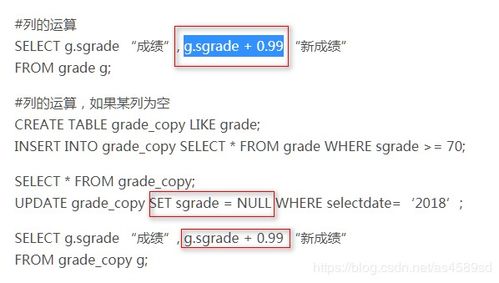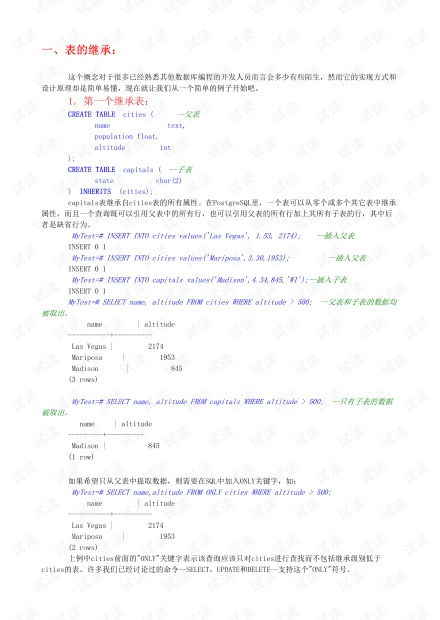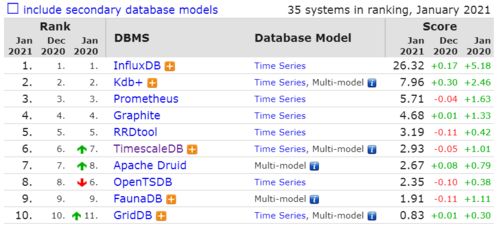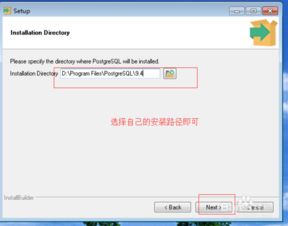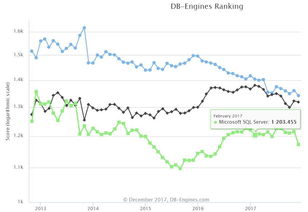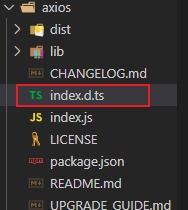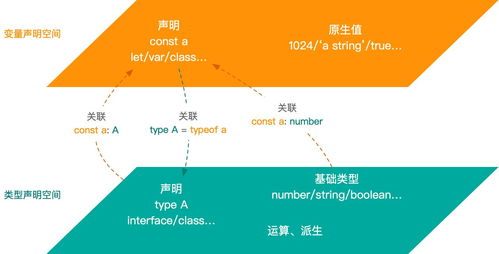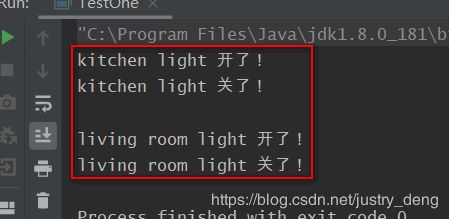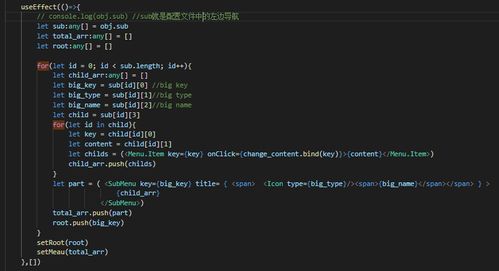这篇文章主要介绍了在PostgreSQL中使用ltree处理层次结构数据,本文给大家介绍的非常详细,对大家的学习或工作具有一定的参考借鉴价值,需要的朋友可以参考下。
在本文中,我们将学习如何使用PostgreSQL的ltree模块,该模块允许以分层的树状结构存储数据。

什么是ltree?
Ltree是PostgreSQL模块。它实现了一种数据类型ltree,用于表示存储在分层树状结构中的数据的标签。提供了用于搜索标签树的广泛工具。
为什么选择ltree?
ltree实现了一个物化路径,对于INSERT / UPDATE / DELETE来说非常快,而对于SELECT操作则较快
通常,它比使用经常需要重新计算分支的递归CTE或递归函数要快
如内置的查询语法和专门用于查询和导航树的运算符
索引!!!
初始数据
首先,您应该在数据库中启用扩展。您可以通过以下命令执行此操作:
1CREATE EXTENSION ltree;
让我们创建表并向其中添加一些数据:
CREATE TABLE comments (user_id integer, description text, path ltree);
INSERT INTO comments (user_id, description, path) VALUES ( 1, md5(random()::text), '0001');
INSERT INTO comments (user_id, description, path) VALUES ( 2, md5(random()::text), '0001.0001.0001');
INSERT INTO comments (user_id, description, path) VALUES ( 2, md5(random()::text), '0001.0001.0001.0001');
INSERT INTO comments (user_id, description, path) VALUES ( 1, md5(random()::text), '0001.0001.0001.0002');
INSERT INTO comments (user_id, description, path) VALUES ( 5, md5(random()::text), '0001.0001.0001.0003');
INSERT INTO comments (user_id, description, path) VALUES ( 6, md5(random()::text), '0001.0002');
INSERT INTO comments (user_id, description, path) VALUES ( 6, md5(random()::text), '0001.0002.0001');
INSERT INTO comments (user_id, description, path) VALUES ( 6, md5(random()::text), '0001.0003');
INSERT INTO comments (user_id, description, path) VALUES ( 8, md5(random()::text), '0001.0003.0001');
INSERT INTO comments (user_id, description, path) VALUES ( 9, md5(random()::text), '0001.0003.0002');
INSERT INTO comments (user_id, description, path) VALUES ( 11, md5(random()::text), '0001.0003.0002.0001');
INSERT INTO comments (user_id, description, path) VALUES ( 2, md5(random()::text), '0001.0003.0002.0002');
INSERT INTO comments (user_id, description, path) VALUES ( 5, md5(random()::text), '0001.0003.0002.0003');
INSERT INTO comments (user_id, description, path) VALUES ( 7, md5(random()::text), '0001.0003.0002.0002.0001');
INSERT INTO comments (user_id, description, path) VALUES ( 20, md5(random()::text), '0001.0003.0002.0002.0002');
INSERT INTO comments (user_id, description, path) VALUES ( 31, md5(random()::text), '0001.0003.0002.0002.0003');
INSERT INTO comments (user_id, description, path) VALUES ( 22, md5(random()::text), '0001.0003.0002.0002.0004');
INSERT INTO comments (user_id, description, path) VALUES ( 34, md5(random()::text), '0001.0003.0002.0002.0005');
INSERT INTO comments (user_id, description, path) VALUES ( 22, md5(random()::text), '0001.0003.0002.0002.0006');
另外,我们应该添加一些索引:
1
2CREATE INDEX path_gist_comments_idx ON comments USING GIST(path);CREATE INDEX path_comments_idx ON comments USING btree(path);
正如您看到的那样,我建立comments表时带有path字段,该字段包含该表的tree全部路径。如您所见,对于树分隔符,我使用4个数字和点。
让我们在commenets表中找到path以‘0001.0003'的记录:

$ SELECT user_id, path FROM comments WHERE path <@ '0001.0003';
user_id | path
---------+--------------------------
6 | 0001.0003
8 | 0001.0003.0001
9 | 0001.0003.0002
11 | 0001.0003.0002.0001
2 | 0001.0003.0002.0002
5 | 0001.0003.0002.0003
7 | 0001.0003.0002.0002.0001
20 | 0001.0003.0002.0002.0002
31 | 0001.0003.0002.0002.0003
22 | 0001.0003.0002.0002.0004
34 | 0001.0003.0002.0002.0005
22 | 0001.0003.0002.0002.0006
(12 rows)
你不应该忘记数据的顺序,如下的例子:
$ INSERT INTO comments (user_id, description, path) VALUES ( 9, md5(random()::text), '0001.0003.0001.0001');
$ INSERT INTO comments (user_id, description, path) VALUES ( 9, md5(random()::text), '0001.0003.0001.0002');
$ INSERT INTO comments (user_id, description, path) VALUES ( 9, md5(random()::text), '0001.0003.0001.0003');
$ SELECT user_id, path FROM comments WHERE path ~ '0001.0003.*';
user_id | path
---------+--------------------------
6 | 0001.0003
8 | 0001.0003.0001
9 | 0001.0003.0002
11 | 0001.0003.0002.0001
2 | 0001.0003.0002.0002
5 | 0001.0003.0002.0003
7 | 0001.0003.0002.0002.0001
20 | 0001.0003.0002.0002.0002
31 | 0001.0003.0002.0002.0003
22 | 0001.0003.0002.0002.0004
34 | 0001.0003.0002.0002.0005
22 | 0001.0003.0002.0002.0006
9 | 0001.0003.0001.0001
9 | 0001.0003.0001.0002
9 | 0001.0003.0001.0003
(15 rows)
现在进行排序:
$ SELECT user_id, path FROM comments WHERE path ~ '0001.0003.*' ORDER by path;
user_id | path
---------+--------------------------
6 | 0001.0003
8 | 0001.0003.0001
9 | 0001.0003.0001.0001
9 | 0001.0003.0001.0002
9 | 0001.0003.0001.0003
9 | 0001.0003.0002
11 | 0001.0003.0002.0001
2 | 0001.0003.0002.0002
7 | 0001.0003.0002.0002.0001
20 | 0001.0003.0002.0002.0002
31 | 0001.0003.0002.0002.0003
22 | 0001.0003.0002.0002.0004
34 | 0001.0003.0002.0002.0005
22 | 0001.0003.0002.0002.0006
5 | 0001.0003.0002.0003
(15 rows)
可以在lquery的非星号标签的末尾添加几个修饰符,以使其比完全匹配更匹配:
“ @”-不区分大小写匹配,例如a @匹配A
“ *”-匹配任何带有该前缀的标签,例如foo *匹配foobar
“%”-匹配以下划线开头的单词
$ SELECT user_id, path FROM comments WHERE path ~ '0001.*{1,2}.0001|0002.*' ORDER by path;
user_id | path
---------+--------------------------
2 | 0001.0001.0001
2 | 0001.0001.0001.0001
1 | 0001.0001.0001.0002
5 | 0001.0001.0001.0003
6 | 0001.0002.0001
8 | 0001.0003.0001
9 | 0001.0003.0001.0001
9 | 0001.0003.0001.0002
9 | 0001.0003.0001.0003
9 | 0001.0003.0002
11 | 0001.0003.0002.0001
2 | 0001.0003.0002.0002
7 | 0001.0003.0002.0002.0001
20 | 0001.0003.0002.0002.0002
31 | 0001.0003.0002.0002.0003
22 | 0001.0003.0002.0002.0004
34 | 0001.0003.0002.0002.0005
22 | 0001.0003.0002.0002.0006
5 | 0001.0003.0002.0003
(19 rows)
我们来为parent ‘0001.0003'找到所有直接的childrens,见下:
$ SELECT user_id, path FROM comments WHERE path ~ '0001.0003.*{1}' ORDER by path;
user_id | path
---------+----------------
8 | 0001.0003.0001
9 | 0001.0003.0002
(2 rows)
为parent ‘0001.0003'找到所有的childrens,见下:
$ SELECT user_id, path FROM comments WHERE path ~ '0001.0003.*' ORDER by path;
user_id | path
---------+--------------------------
6 | 0001.0003
8 | 0001.0003.0001
9 | 0001.0003.0001.0001
9 | 0001.0003.0001.0002
9 | 0001.0003.0001.0003
9 | 0001.0003.0002
11 | 0001.0003.0002.0001
2 | 0001.0003.0002.0002
7 | 0001.0003.0002.0002.0001
20 | 0001.0003.0002.0002.0002
31 | 0001.0003.0002.0002.0003
22 | 0001.0003.0002.0002.0004
34 | 0001.0003.0002.0002.0005
22 | 0001.0003.0002.0002.0006
5 | 0001.0003.0002.0003
(15 rows)

为children ‘0001.0003.0002.0002.0005'找到parent:
$ SELECT user_id, path FROM comments WHERE path = subpath('0001.0003.0002.0002.0005', 0, -1) ORDER by path;
user_id | path
---------+---------------------
2 | 0001.0003.0002.0002
(1 row)
如果你的路径不是唯一的,你会得到多条记录。
文章来源:脚本之家
来源地址:https://www.jb51.net/article/208595.htm



